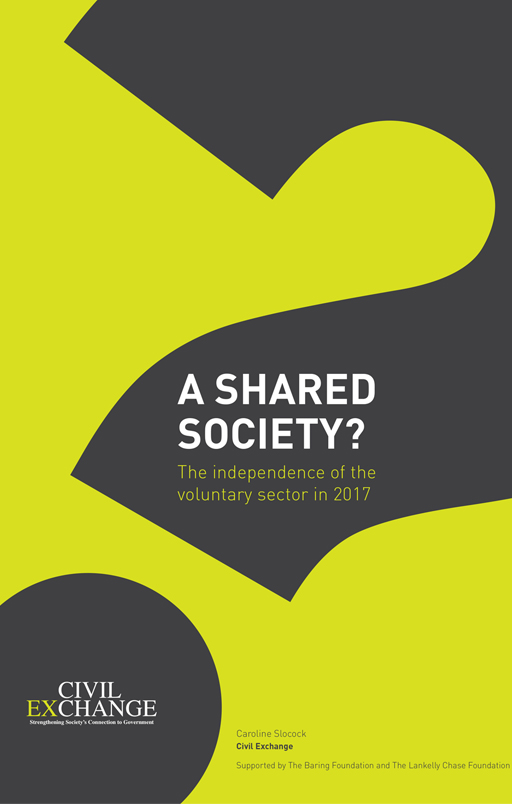5 Working with conflict outside your organisation
Our attention now turns to conflict and the relationship of voluntary organisations to other organisations. We will specifically address the issue of campaigning. Campaigning can, and we argue should, involve a high degree of challenge. After all, a campaign exists in order to change a status quo in one way or another – the very purpose of a campaign is to challenge something. In particular, we are going to ask what it means for a voluntary organisation to be in agonistic relations with others: how might we think about campaigning differently in this light?
There has been much controversy within the sector concerning both how organisations relate to government and the role of the sector in providing a critical voice in relation to government policy. The Transparency of Lobbying, Non-party Campaigning and Trade Union Administration Act 2014 (and who said government legislation was lacking catchy titles?) has been controversial, with well aired claims that the Act resulted in a muzzling of the sector’s voice in relation to government policy and that the government of the time over-reacted to valid concerns. In turn, the government claimed that it was simply trying to focus charitable organisations on delivering for their particular causes.
In 2016, a report from the Civil Exchange (2016) was particularly vociferous in claiming that the voluntary sector’s independence had become compromised. Such a compromising of the sector’s status and position can be tracked, so the argument goes, to a greater role played by voluntary organisations as providers of services previously delivered more directly by government. The report particularly highlighted ‘no advocacy’ clauses in grants awarded via taxpayer resources as problematic for the sector. This is because it is claimed that such clauses will prevent charities from voicing concern about issues that matter to their users. Civil Exchange director Caroline Slocock, launching the report, argued that the sector needed an alternative, agonistic (although she did not use this word directly) approach:
More than ever, the voluntary sector must work together to develop a new and more self-confident narrative which stresses the distinctive qualities of an independent sector, challenges the status quo and shows how it can be even better at delivering its mission.
In 2017, a further report from the Civil Exchange continued to cite ‘on-going erosion of voluntary sector independence’ through factors as diverse as the Lobbying Act, commissioning processes, and an environment set by government that, the report argues, undermines the ability of voluntary organisations to deliver services and advocate for vulnerable groups in society (Civil Exchange, 2017). Again, the report argued that the sector needed to find a more confident, challenging and independent voice.
The idea of agonism, we argue, provides one way of thinking through the challenges and opportunities of the sector in discovering an independent voice. The language of partnership, so common in the New Labour years, was welcome in one sense, in that it encouraged the voluntary sector to work more closely with government in order to tackle some major issues. On the other hand, as discussed earlier, this language of harmony can actually be counter-productive. This is because it can conceal a range of legitimate grievances and can also dampen the role and importance provided to critique within a society.
So how might a more agonistic sector manifest? We do not pretend to have the solutions, but can start to frame the discussion.

